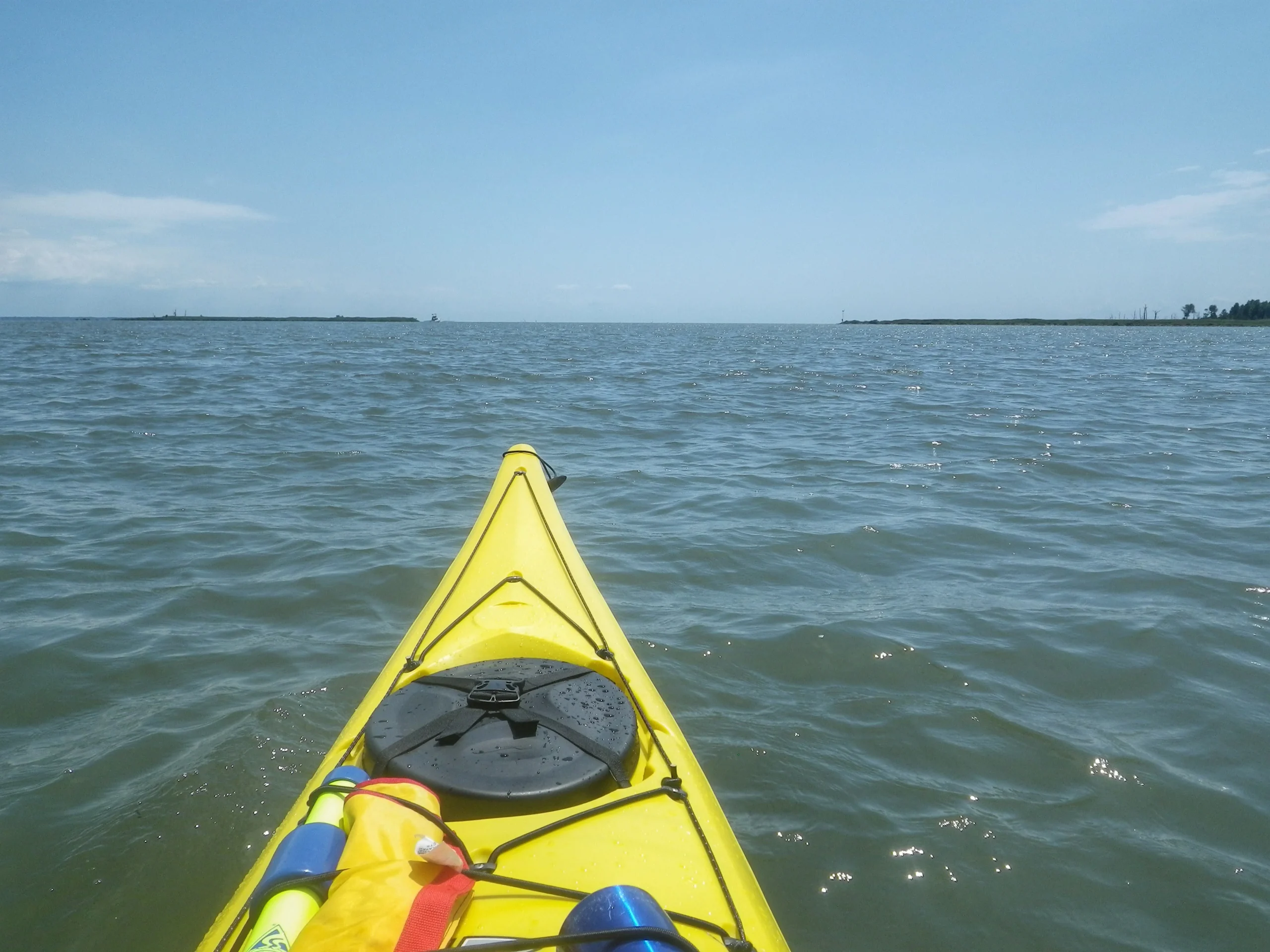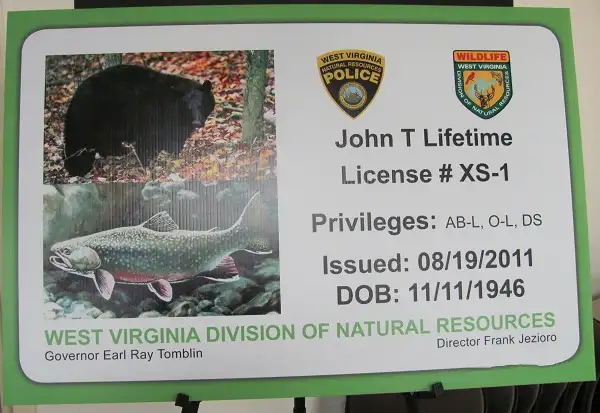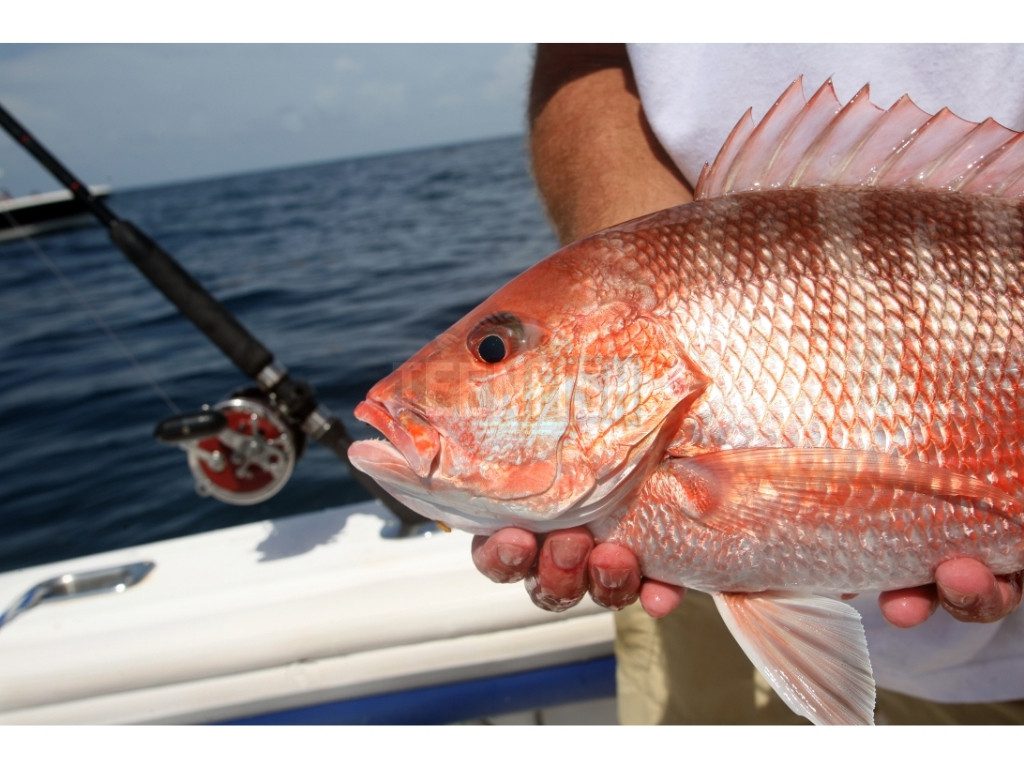Planning a saltwater fishing trip in Maryland in 2025? This comprehensive guide provides essential information on licensing, regulations, free fishing days, and best practices to ensure a successful and responsible fishing experience. Whether you’re a seasoned angler or a newcomer, following these guidelines will help protect Maryland’s marine resources and ensure a fun, safe trip.
Licensing Requirements: Your Ticket to Cast a Line
Before casting a line, make sure you’re properly licensed. In Maryland, anyone 16 years or older must obtain a Chesapeake Bay and Coastal Sport Fishing License to fish in the Chesapeake Bay, its tidal tributaries, and the Atlantic Ocean within the state’s territorial waters.
Where to Get Your License:
License Options:
- Resident Annual License: $15.00
- Non-Resident Annual License: $22.50
- 7-Day License: $6.00 for residents; $12.00 for non-residents
- Senior Lifetime License: $5.00 for Maryland residents aged 65 and over.
Licenses are valid for one year from the date of purchase.
Free Fishing Days:
Maryland offers free fishing days throughout the year when no license is required. Take advantage of these special days to enjoy fishing without the need for a license.
- June 3, 2025 (First Saturday of June)
- June 10, 2025 (Second Saturday of June)
- July 4, 2025 (Independence Day)
On these days, anyone, regardless of age or residency, can fish without a license in Maryland’s waters.
Seasons, Size Limits, and Creel Limits: Know Before You Go
Understanding specific regulations for each species is essential to ensure a successful and legal fishing experience. Here’s a breakdown of the key species in Maryland’s saltwater fisheries for 2025:
Striped Bass (Rockfish)
- Chesapeake Bay and Tidal Tributaries:
- Season: May 16 to December 15, 2025
- Size Limit: One fish between 19 and 24 inches per person, per day
- Season Dates: May 16 to December 15, 2025
- Atlantic Ocean and Coastal Bays:
- Season: May 16 to December 31, 2025
- Size Limit: One fish between 28 and 35 inches per person, per day
Black Sea Bass:
- Season: May 15 to December 31, 2025
- Size Limit: Minimum size of 13 inches
- Creel Limit: 15 fish per person per day
Tautog (Blackfish):
- Season: January 1 to May 15, 2025, and July 1 to December 31, 2025
- Size Limit: Minimum size of 16 inches
- Creel Limit: Four fish per person per day
Summer Flounder (Fluke):
- Season: April 1 to December 31, 2025
- Size Limit: Minimum size of 16.5 inches
- Creel Limit: Four fish per person per day
General Fish Regulations:
- Bluefish: No closed season, but a minimum size of 8 inches applies. Maximum of 5 fish per person per day on charter boats.
- Weakfish: Season is year-round, with a minimum size of 12 inches and a creel limit of 1 fish per person per day.
Fishing Methods and Gear Restrictions: Play by the Rules
To help conserve Maryland’s aquatic ecosystems, certain fishing methods and gear restrictions are in place.
- Bait Restrictions: It is illegal to use live alewife or blueback herring as bait in Maryland’s tidal waters.
- Circle Hooks: When fishing for striped bass with bait, you are required to use non-offset circle hooks to minimize damage to fish that are released.
- Felt-Soled Waders: The use of waders or boots made from felt or porous materials is prohibited to prevent the spread of invasive species, particularly aquatic plants.
- Sabiki Rigs: Multi-hook rigs (Sabiki rigs) are illegal in Maryland’s tidal waters but are allowed in the Atlantic Ocean’s Exclusive Economic Zone (EEZ), which is located three miles offshore.
Special Management Areas: Protecting Maryland’s Fisheries
Several areas in Maryland are designated as Special Management Areas (SMAs) to protect fish populations, especially during spawning seasons. Here are some key regulations for these protected zones:
Susquehanna Flats and Susquehanna River:
- Closed to Striped Bass Fishing: May 16 to May 31, 2025
- Catch-and-Release Only for Striped Bass: June 1 to June 15, 2025
Upper Chesapeake Bay:
- Catch-and-Release Only for Striped Bass: May 16 to May 31, 2025
Tangier and Pocomoke Sounds:
- Catch-and-Release Only for Striped Bass: May 16 to May 31, 2025
Make sure to check the latest regulations for these areas before you head out, as they are subject to seasonal updates.
Conservation Efforts and Sustainable Practices: Your Role as an Angler
As an angler, you contribute to the sustainability of Maryland’s fisheries. Here are some best practices to help ensure a positive impact on the environment:
Catch and Release:
- Consider practicing catch-and-release, especially for species with strict size or creel limits, to ensure fish populations continue to thrive.
Proper Handling:
- When releasing fish, handle them with care:
- Minimize air exposure
- Use rubberized landing nets
- Avoid removing fish from water whenever possible to reduce stress and injury.
Responsible Disposal:
- Dispose of unused bait, fishing line, and trash properly. This prevents pollution and protects marine life from entanglement or ingestion of waste materials.
Respect Spawning Areas:
- Avoid fishing in areas where fish are spawning to prevent disrupting their reproductive cycles, ensuring future generations.
Staying Informed and Engaged: Your Key to Success
Fishing regulations can change annually, so staying updated on the latest rules is essential. Here’s how to keep informed:
- Maryland Department of Natural Resources Website: Regularly visit the official Maryland DNR Fisheries Page for the most current regulations.
- Maryland Fishing Report: Subscribe to the weekly Maryland Fishing Report, which provides up-to-date information on fishing conditions and regulations.
- Social Media: Follow the Maryland Department of Natural Resources on Twitter and Facebook for real-time updates.
Conclusion: A Responsible, Successful Fishing Trip Awaits
By following the detailed regulations in this guide, you ensure a sustainable, enjoyable fishing experience in Maryland’s waters. Always stay informed about new regulations, be respectful of the ecosystem, and enjoy your time exploring Maryland’s beautiful saltwater fishing opportunities.
Now that you’re ready, grab your fishing gear, check the updated regulations, and embark on your 2025 fishing adventure in Maryland’s stunning waters!
Related Articles:


